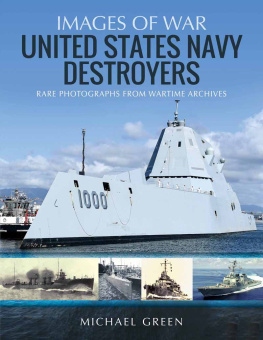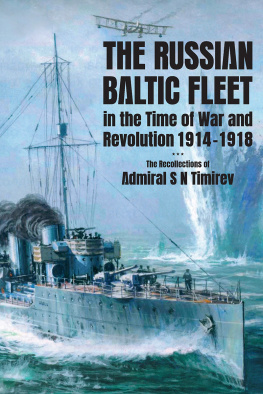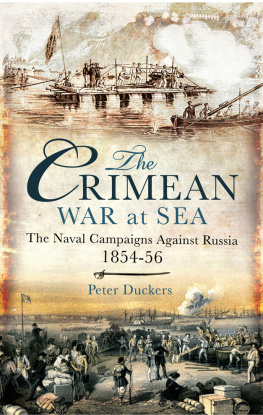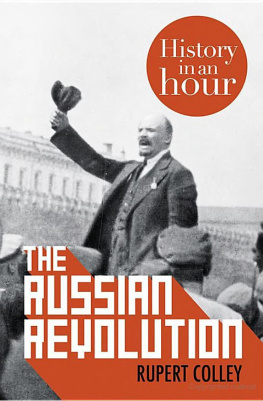Robert Shenk - Americas Black Sea Fleet: The U.S. Navy Amidst War and Revolution, 1919-1923
Here you can read online Robert Shenk - Americas Black Sea Fleet: The U.S. Navy Amidst War and Revolution, 1919-1923 full text of the book (entire story) in english for free. Download pdf and epub, get meaning, cover and reviews about this ebook. year: 2012, publisher: Naval Institute Press, genre: History. Description of the work, (preface) as well as reviews are available. Best literature library LitArk.com created for fans of good reading and offers a wide selection of genres:
Romance novel
Science fiction
Adventure
Detective
Science
History
Home and family
Prose
Art
Politics
Computer
Non-fiction
Religion
Business
Children
Humor
Choose a favorite category and find really read worthwhile books. Enjoy immersion in the world of imagination, feel the emotions of the characters or learn something new for yourself, make an fascinating discovery.

- Book:Americas Black Sea Fleet: The U.S. Navy Amidst War and Revolution, 1919-1923
- Author:
- Publisher:Naval Institute Press
- Genre:
- Year:2012
- Rating:4 / 5
- Favourites:Add to favourites
- Your mark:
Americas Black Sea Fleet: The U.S. Navy Amidst War and Revolution, 1919-1923: summary, description and annotation
We offer to read an annotation, description, summary or preface (depends on what the author of the book "Americas Black Sea Fleet: The U.S. Navy Amidst War and Revolution, 1919-1923" wrote himself). If you haven't found the necessary information about the book — write in the comments, we will try to find it.
In a high-tempo series of operations throughout the Black Sea, Aegean Sea and eastern Mediterranean, a small American fleet of destroyers and other naval vessels responded ably to several major international crises including the last days of the Russian Revolution and the 1920-1922 Turkish Nationalist Revolution. Officers and men of the navys four-piper destroyers began by investigating circumstances on the ground in mainland Turkey right after World War I, and by transporting American relief teams to ports throughout Turkey and Southern Russia to aid the tens of thousands of orphans and refugees who had survived the wartime Armenian genocide.
Then the destroyers assisted in the final evacuation of 150,000 White Russians from the Crimea to Constantinople (one of the final acts of the Russian Revolution); coordinated the visits of the Hoover grain ships to ports in Southern Russia where millions were enduring a horrendous famine; witnessed and reported on the terrible dolorosa of the Greeks of the Pontus region of Turkey; and, in September of 1922, conducted the evacuation of hundreds of thousands of Greek and Armenian refugees from burning Smyrna. This latter event was the cataclysmic conclusion of the Turkish Nationalist Revolution, which had begun in early 1920.
After Smyrna, the destroyers escorted Greek steamers in their rescue of ethnic Christian civilians being expelled from all the ports of Anatolian Turkey. As the conclusion of a long war between Nationalist Turks and an invading Hellenic Greek army, these people were being forced out of their ancestral homes by the Turks. Sometimes American destroyers carried hundreds of such refugees to friendly ports on their own weather decks.
Upon the burning of Smyrna in September of 1922, Admiral Mark Bristols small fleet had grown to some 26 naval vessels, most of them destroyers, although some cruisers, naval repair vessels and supply ships also came, and the battleships Arizona and Utah also appeared briefly. It was during 1922 that the destroyer Bainbridge rescued 482 of 495 men, women and children from the burning French transport Vinh Long in the Sea of Marmora. The destroyer accomplished this by the expedient of ramming the large French ship so the exploding ammunition could not continue to force the vessels apart. For this action, Lieut. Commander W. Atlee Edwards was awarded the Medal of Honor by America, and the Legion of Honor by France.
Over four years, Admiral Bristol maintained a strong grip on American naval and diplomatic affairs throughout the region. Headquartered at the American Embassy at Constantinople, Bristol also worked to further American business interests in Turkey, and tended to favor Turks over Greeks and Armenians in the process. Many Americans were convinced that Bristol was biased on behalf of the Turks, and a couple of navy captains risked their careers by speaking out about impending Turkish massacres that Bristol wanted to hush up.
Several later-famous admirals saw duty in Bristols small navy, including William Leahy, Thomas Kinkaid, Julian Wheeler, Tip Merrill, Japy Hepburn and Dan Gallery, while statesman Allen Dulles was one of Bristols key diplomats. Most of these men and most of the sailors, too, enjoyed the terrific nightlife of Constantinople that existed right alongside all the refugee heartbreak. When their duties kept them at sea or alongside grain ships in Russia or moored at the spartan Black Sea ports, the Americans kept their spirits up by racing ships boats, shooting game, sightseeing, and (especially) by playing baseball. Captain Pratt Mannix even took advantage of his ships briefly anchoring near the Gallipoli battlefield to become the first American to swim the famous Hellespont.
Robert Shenk: author's other books
Who wrote Americas Black Sea Fleet: The U.S. Navy Amidst War and Revolution, 1919-1923? Find out the surname, the name of the author of the book and a list of all author's works by series.









 This paper meets the requirements of ANSI/NISO z39.48-1992 (Permanence of Paper).
This paper meets the requirements of ANSI/NISO z39.48-1992 (Permanence of Paper).